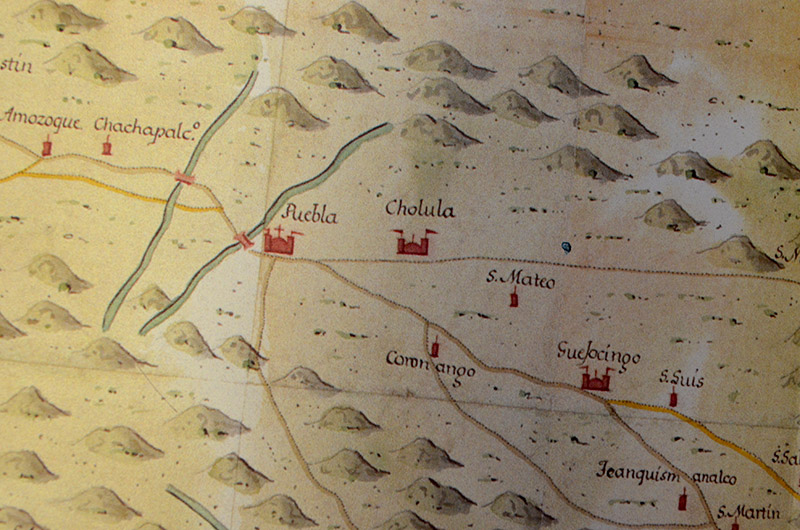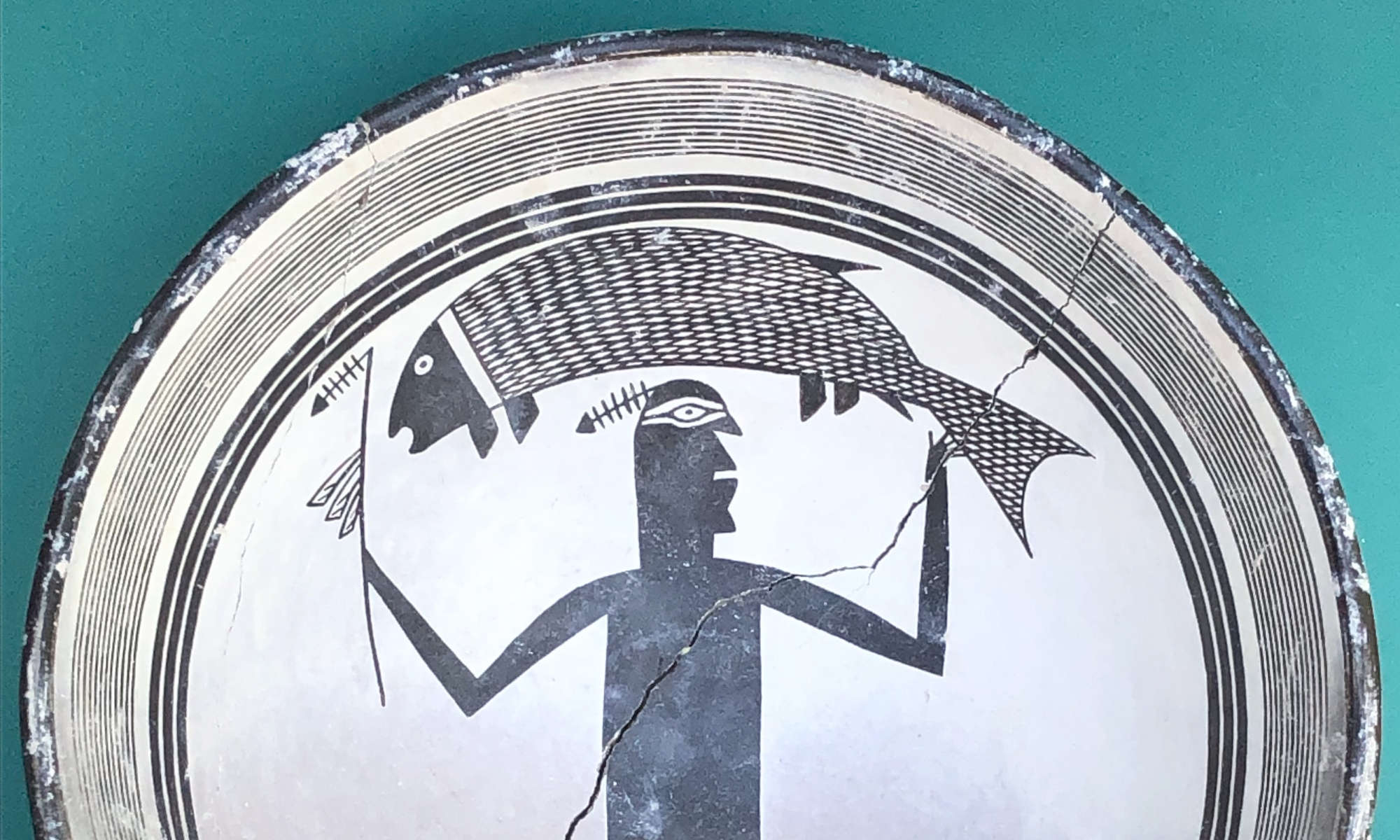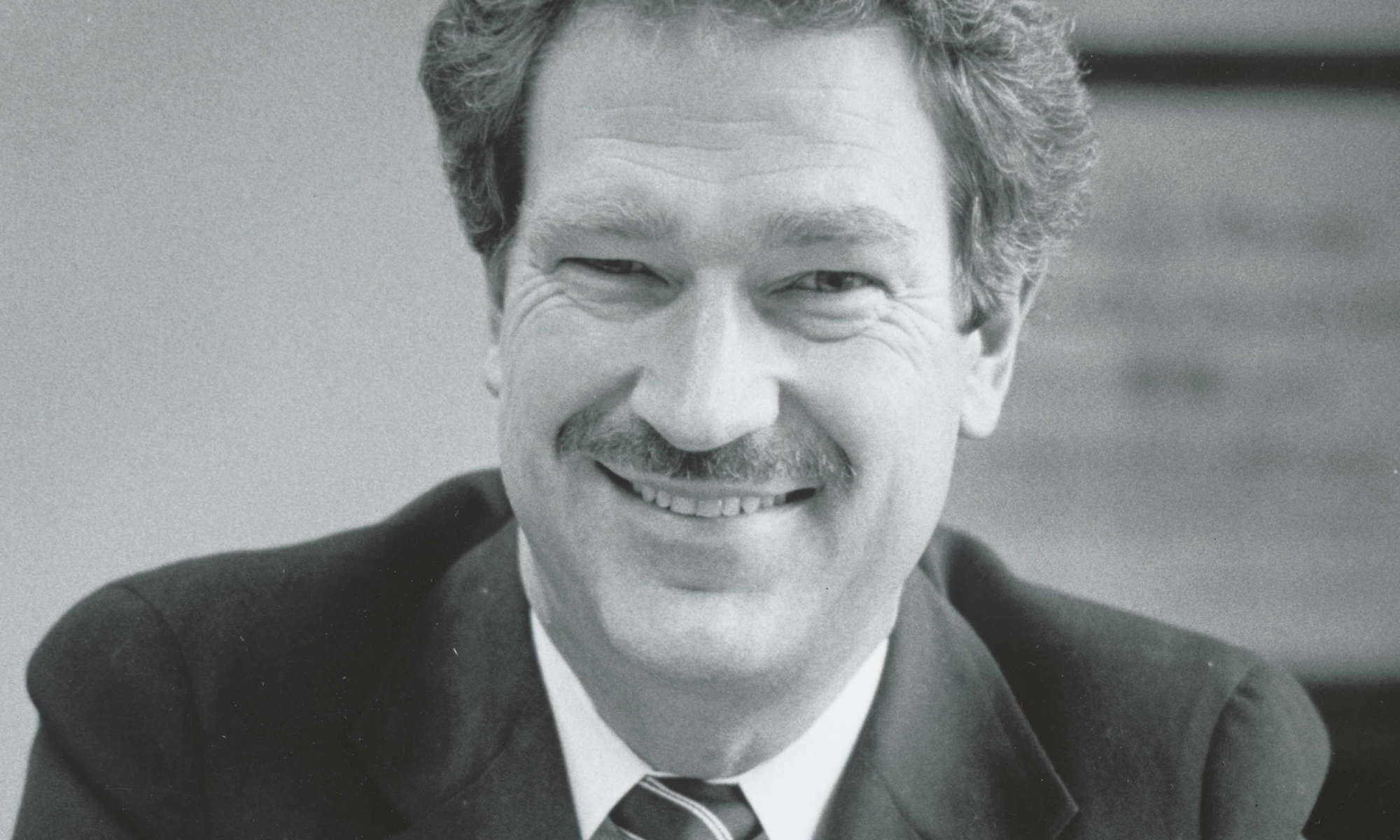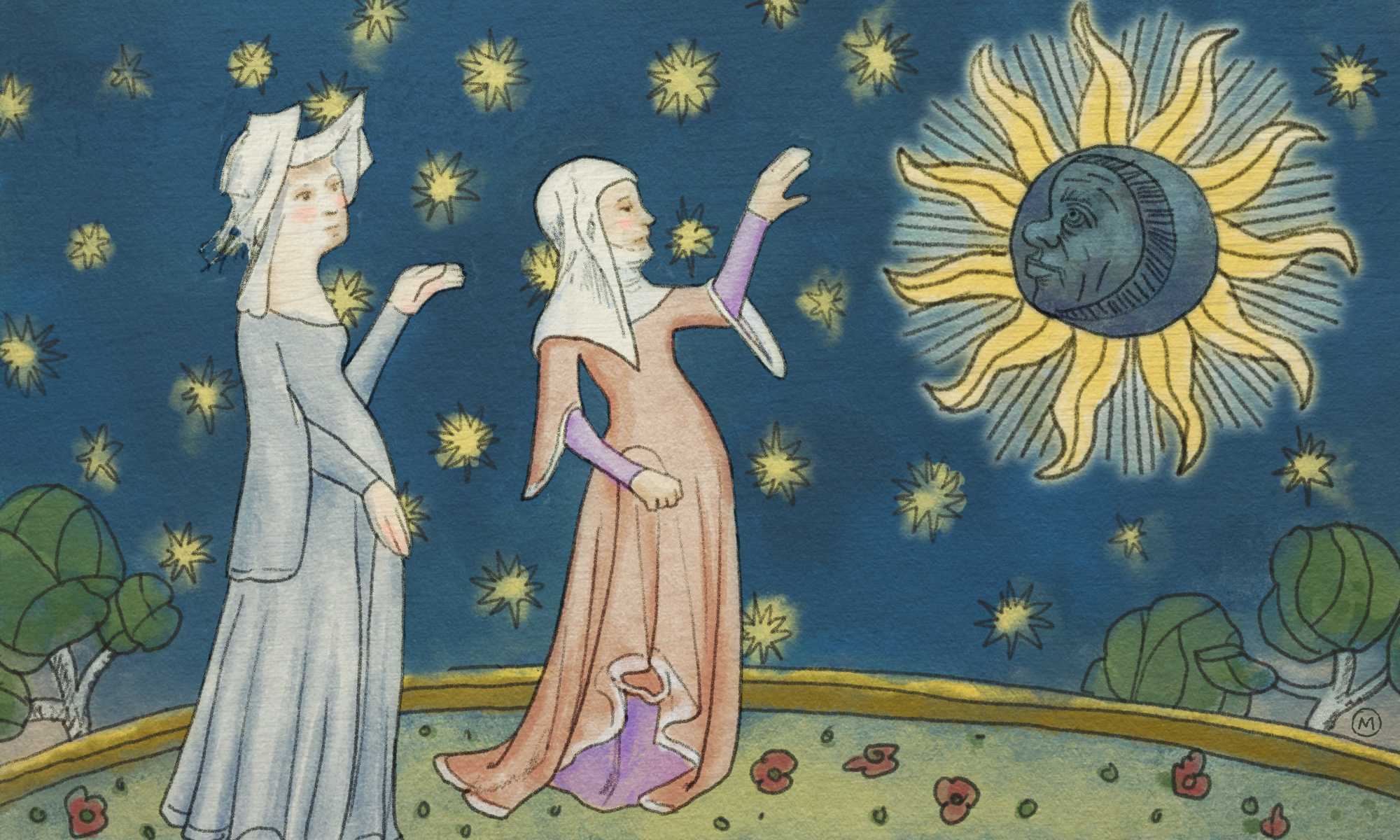Maria de Terra Nova, an enslaved West African who lived in colonial Mexico during the 1620s, receives Pablo Sierra’s nomination as “perhaps the most incredible fish vendor in history.”
She made a lot of money for her owners, and was even allowed to keep a share as incentive, explains Sierra, an assistant professor of history. Eventually she bought her freedom in the city of Puebla, after promising her owner not to work for any of his competitors.
She promptly reneged on that promise — and was upheld by the courts.
Maria’s story is part of the forgotten history of Mexico’s “third root” – the enslaved Africans whose lives and contributions during the nation’s colonial period have been largely undocumented, compared to those of the native Aztecs and Mayans and the Spaniards who conquered them. Sierra spent this past semester continuing his research in this area as one of the Humanities Center’s inaugural resident fellows, a program supported by alumnus Jay Last ’51.
“When you start to consider a third contribution, from Africans coming in with their own languages and cultures and ways of thinking about families, it becomes a much more interesting space,” says Sierra, who is finishing a book manuscript on slavery in his hometown of Puebla de Los Angeles.
The captives, most whom were brought to colonial Mexico from Angola in the late 16th and early 17th centuries, lived primarily in the cities and, more often than not, were or became members of the Catholic Church.
Those circumstances provided the slaves with both the mobility Maria enjoyed while selling her wares, and recourse to religious protections.
“It’s very different from what we’re used to hearing about 19th century Georgia or South Carolina,” says Sierra.
For example, the marriage of slaves and the baptism of their children into the Catholic Church “often translated into mitigating the rights of their owners” to break up families by selling a parent or child to a distant owner. “A slave had a right to search for other potential owners in the same city, even to fight his case in ecclesiastical court to retain his marriage and keep his family intact,” Sierra said.
So rapid was the assimilation of Africans, Spaniards, South Asians, and indigenous people that, by the 18th century urban Mexico “becomes such a mixed society that racial labels begin to disappear,” Sierra said. That’s why he believes a better understanding of what happened among different races in colonial Mexico could “hold a lot of clues” for what might happen this century in the United States.
“Colonial Mexico was incredibly diverse in the way that Rochester — that any major U.S. city — is today, where you have the interplay of people with different languages, educational levels, and skills sets all coming together. What’s interesting is to see the culture that is produced by that interplay.”
Giving voice to enslaved people whose words were not recorded
What was it like for young slaves from Angola, likely still in their teens, to arrive in chains at Veracruz, Mexico, in the 1600s, and then endure a two- to three-week journey from sea level to a highlands slave market 7,300 feet up amid the Sierra Madres?
“It is a completely different environment [from coastal Angola],” Sierra said. “It is temperate in the highlands. It is cold at night; hot during the day. These captives find themselves in a place where everything looks different, smells different, tastes different. How do we understand the sensory experience of the slave road?”

Not easily. Few if any of these slaves, most of whom were illiterate, left first-hand accounts of their experiences. Sierra said he might peruse a Spanish chronicle from the period and find only a single reference to slaves.
There is, however, an abundance of notarial records from the period, which document transactions involving just about everything – including enslaved people. Sierra has found them useful, in conjunction with other historical resources, for providing clues about the slave experience.
“I have been able to find transportation contracts where an incoming slave trader has approached a muleteer needing to transport 80 slaves from Veracruz into the highlands, a journey that will take two and half weeks,” Sierra explained. “In the contract, the muleteer agrees to put two captives on each mule, stop at certain designated rest stops, and if all goes well, ‘we’ll see you in Mexico City.’”
The records have also helped him better understand the complex nature of the slave trade in colonial Mexico. “It’s a network that connects to Mexico to Angola to Portugal to Seville. It’s really kind of stunning when you understand how interconnected it is.”
Notarial records, highly valued by scholars 40 years ago, are less valued now. “Some scholars are very critical of using notarial resources, saying, for example, it reifies the power of slaveholder,” Sierra said. “However, the risk in limiting these resources is that we end up omitting information about certain groups of people entirely.”



